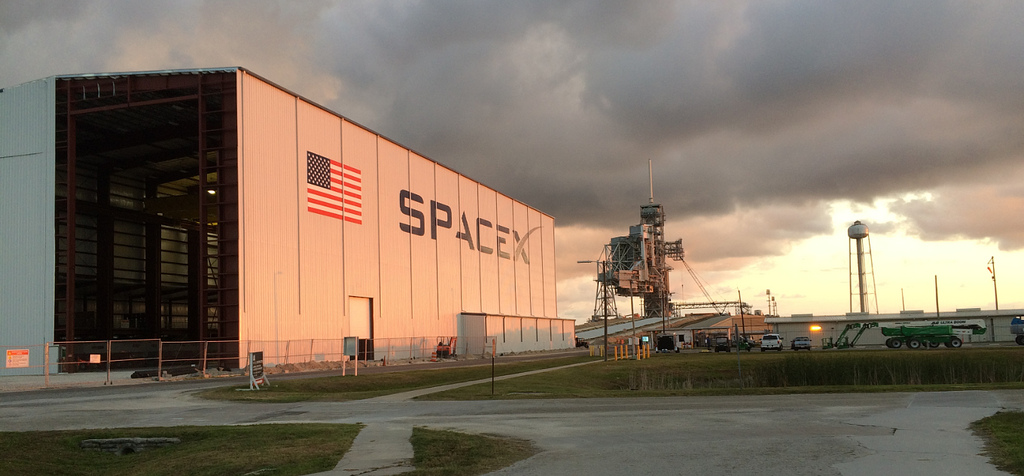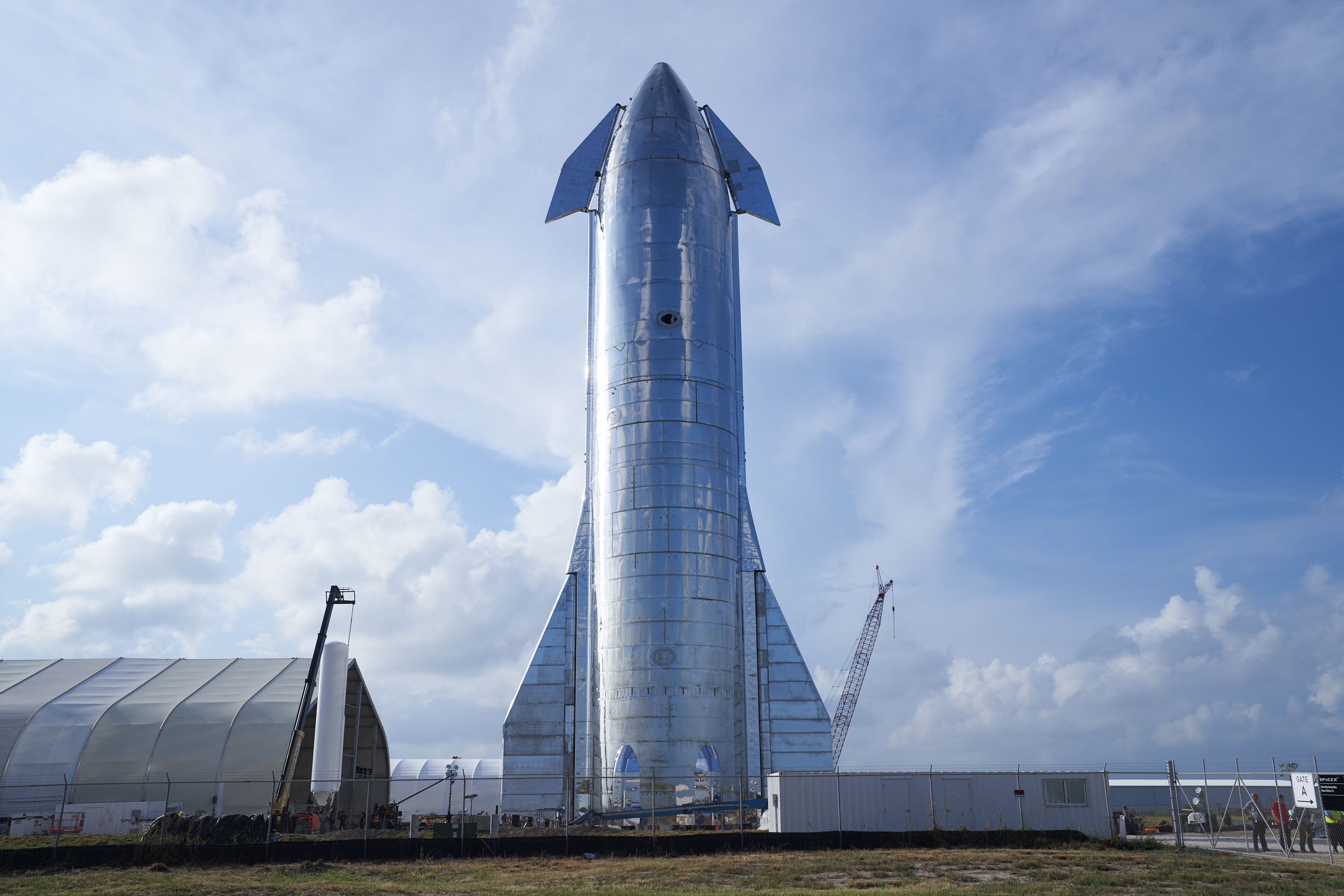Elon Musk sees Starship as ‘prelude to Mars’ after static test

Elon Musk sees Starship as ‘prelude to Mars’ after static test:
SpaceX CEO Elon Musk recently expressed optimism about the company’s ambitious spacecraft, Starship, which is intended to transport humans to Mars. Prior to its second test flight, Starship underwent a static fire test, and Musk took to Twitter to share his enthusiasm, using his characteristic succinct style with the words “Prelude to Mars.”
During the test, SpaceX’s prototype Ship 25, which serves as the upper stage of the Starship, ignited all six of its Raptor engines for approximately five seconds at the Starbase site in South Texas. This type of test, known as a prelaunch test, involves the spacecraft being grounded while its engines are started briefly.
The static fire test is a crucial step in the lead-up to a launch, as it allows engineers to assess the performance of the engines and ensure they are functioning as expected. By conducting this test, SpaceX can gather valuable data and make any necessary adjustments before proceeding with the upcoming test flight.
The Starship project holds excellent significance for Musk and SpaceX, as its ultimate goal is to enable human colonization of Mars. Musk has been vocal about his ambition to make life multi-planetary, with Mars being a key target. Starship’s development and successful deployment are seen as vital milestones in making this vision a reality.
The Starship spacecraft is designed to be fully reusable, with stainless steel construction and a powerful propulsion system using Raptor engines. It is envisioned as a versatile vehicle capable of carrying both crew and cargo, not only for missions to Mars but also for various other purposes, such as satellite deployment, lunar missions, and point-to-point travel on Earth.
Starship’s test flights and iterative design process aim to refine and improve its capabilities. SpaceX has conducted a series of experimental flights, each incorporating lessons learned and technological advancements. While these tests involve inherent risks and uncertainties, they are crucial steps in developing a spacecraft of this magnitude and complexity.
Elon Musk’s tweet, “Prelude to Mars,” reflects his optimism and excitement about the progress of the Starship program. It signifies the significance of the static fire test as a stepping stone toward achieving the long-term goal of enabling human exploration and colonization of Mars.

As SpaceX continues to push the boundaries of space exploration and technology, the development of Starship remains a highly watched and anticipated endeavour. The successful realization of Musk’s vision would represent a major milestone in the history of space exploration, potentially opening up new possibilities for humanity’s future beyond Earth.
Elon Musk, CEO of SpaceX and Tesla, recently announced on Twitter that the test flight of the Starship spacecraft is expected to take place within the next six to eight weeks. This update comes after the previous test flight in April, during which technical issues triggered the self-destruct mechanism while the spacecraft was high above the Earth.
The Starship is an impressive spacecraft, standing 394 feet tall, making it the largest and most powerful rocket ever built. Its first-stage booster, known as Super Heavy, is equipped with 33 Raptors, which generate approximately 16.7 million pounds of thrust at liftoff. This thrust is near twice the total thrust generated by NASA’s Space Launch System mega-rocket.
Described by SpaceX as the world’s most powerful launch vehicle, the Starship has a payload capacity of up to 150 metric tonnes when fully reusable and 250 metric tonnes when used in an expendable manner. This unique capability positions the Starship as a key player in future space missions for commercial and scientific purposes.
According to a report by Bloomberg, SpaceX has invested approximately $3 billion in 2023. This substantial investment highlights the company’s commitment to advancing space exploration and technology. The funds are likely being allocated toward research, development, and testing of innovative solutions, such as the Starship spacecraft, as SpaceX continues to push the boundaries of space travel.

The upcoming test flight of the Starship holds significant importance for SpaceX and the broader space industry. It serves as an opportunity to further refine the spacecraft’s design, performance, and safety features based on lessons learned from previous tests. SpaceX’s iterative approach to development ensures that each iteration brings the company closer to its goal of enabling human colonization of Mars.
Elon Musk’s tweet about the upcoming test flight showcases his enthusiasm and determination to push the boundaries of space exploration. His vision of making life multi-planetary continues to drive SpaceX’s efforts, with the Starship spacecraft being a crucial step toward realizing this ambitious goal.
As the test flight approaches, the world will be eagerly watching the progress of the Starship program. The success of the upcoming flight will not only validate SpaceX’s technological advancements but also pave the way for future missions that could reshape our understanding of space travel and human presence beyond Earth’s boundaries.
Elon Musk expressed optimism about the probability of the next Starship flight being successful, stating that it has a higher chance of reaching orbit than the previous flight. In an interview with Bloomberg, Musk estimated the probability to be around 60%, with success depending on the performance of the stage separation process.
Nasa has awarded SpaceX a contract for an unpiloted lunar landing test flight as part of the Artemis 3 mission preparations.
This test flight aims to pave the way for future human missions to the moon. However, Jim Free, Nasa’s chief of exploration systems development, expressed concerns about the delay in the Artemis 3 mission, which is scheduled for 2025. He mentioned that SpaceX still has many launches ahead, leading to uncertainties about meeting the target date.

The Artemis 3 mission holds great significance as it plans to land humans on the lunar surface for the first time in over fifty years. It is part of Nasa’s broader Artemis program, which aims to establish a sustainable human presence on the moon and serve as a stepping stone for future manned missions to Mars.
SpaceX’s involvement in the Artemis program includes the development of an uncrewed lander.
The contract with Nasa underscores the trust and confidence in SpaceX’s capabilities to contribute to the mission’s success.
As the Artemis program progresses and SpaceX continues to refine its Starship spacecraft, the collaboration between Nasa and SpaceX will be crucial in advancing human space exploration. While concerns about meeting specific target dates are understandable given the complexity of the missions, ongoing efforts and technological advancements are expected to pave the way for future lunar landings and expand our understanding of the moon’s potential as a platform for scientific research and human exploration.




